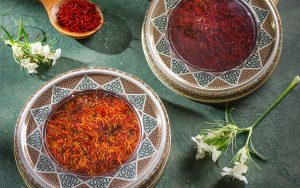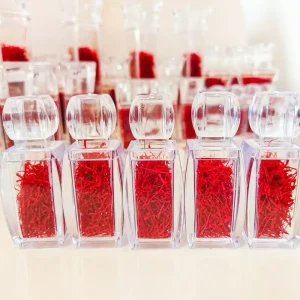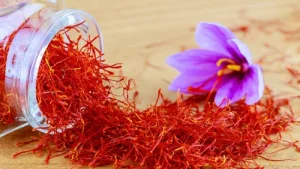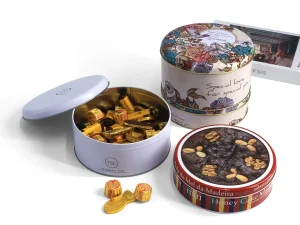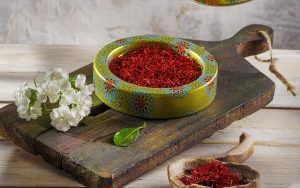Introduction :
Saffron is one of the valuable and popular products in the world markets, that's why the basic packaging of saffron is very important, Iran is the largest producer and exporter of it. Saffron has many healing, flavoring, coloring and aromatic properties that are used in the food, pharmaceutical, cosmetic and health industries. Saffron is from the flowers of the saffron plant Crocus sativus It turns out that each flower has three red roots called turmeric. After harvesting, these roots are dried and sold as saffron. Saffron is one of the most expensive products in the world, whose price is close to the weight of gold. This high price is due to the limited quantity of production, the difficulty of harvesting and processing, and the high demand of world markets.
The role of packaging in export
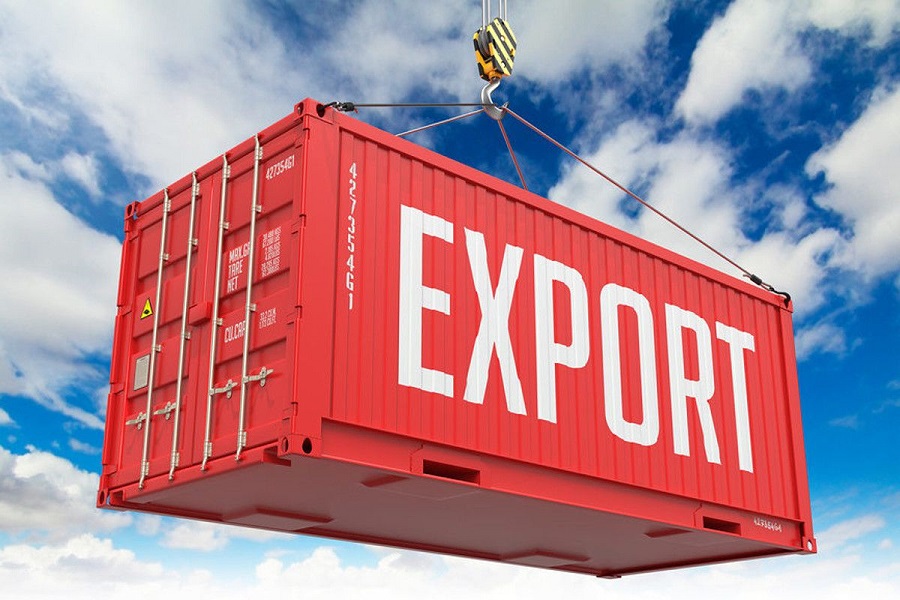
Iran is the largest producer and exporter of saffron, producing more than 90% of the world's saffron. According to official statistics, in 2019, Iran exported more than 400 tons of saffron worth 517 million dollars. The main export markets for Iranian saffron are the United Arab Emirates, Hong Kong, Spain, China and Iraq. However, in order to maintain and increase the market share and compete with other countries, it is necessary to pay attention to its principled and attractive packaging in addition to the high quality of the product. Basic packaging of saffron can have a positive effect on customer satisfaction, maintaining product properties, increasing international credibility and developing exports.
The basic packaging of saffron means the use of suitable, resistant, recyclable, beautiful and in accordance with international standards containers. Saffron packaging containers The basic packaging of saffron means the use of suitable, resistant, recyclable, beautiful and in accordance with international standards containers.
Features of basic packaging of saffron

Saffron packaging containers should have features that can maintain and improve product quality. Some of these features include:
- Materials: Saffron packaging containers should be of materials that can protect the product from environmental influences such as light, heat, humidity, oxygen and pollution. According to the studies, materials such as plastic, aluminum, glass and paper are suitable for packing saffron. Each of these types has its own advantages and disadvantages, which should be chosen according to the purpose and target market.
- Thickness: The thickness of saffron packaging containers should be such that they can protect the product from pressure, wear and scratches. According to the studies, the appropriate thickness for plastic containers is between 0.1 and 0.2 mm, for aluminum containers between 0.02 and 0.03 mm and for glass containers between 1 and 2 mm. Excessive thickness of containers can increase costs and reduce transportation capacity.
- Color: The color of saffron packaging containers should be such that they can protect the product from the effects of light and also increase the visual and emotional appeal of the product. According to the studies, colors such as brown, green, yellow and red are suitable for packing saffron. These colors can absorb less light and preserve the color and aroma of saffron. Also, these colors can establish positive relationships with customers and induce emotions such as warmth, happiness, nature and energy.
- Improving standards and principles of saffron packaging for customer satisfaction: Saffron packaging is one of the important factors in creating customer satisfaction. The packaging of saffron should be such that it can show the quality, authenticity, purity and value of saffron to customers. Saffron packaging should be in accordance with international standards in terms of beauty, attractiveness, usability, resistance and protection of the product. Saffron packaging must be made of suitable and quality materials and have labels of technical specifications, production and expiration date, standard logo and trademark. Saffron packaging should be designed in such a way that it can convey the personality and identity of the brand to customers and create trust and loyalty to the brand. Saffron packaging should be designed according to the needs and tastes of target customers and be able to establish common feelings and values with them. To improve the standards and principles of saffron packaging, market research, user tests, analysis of competitors and consultation with experts should be used.
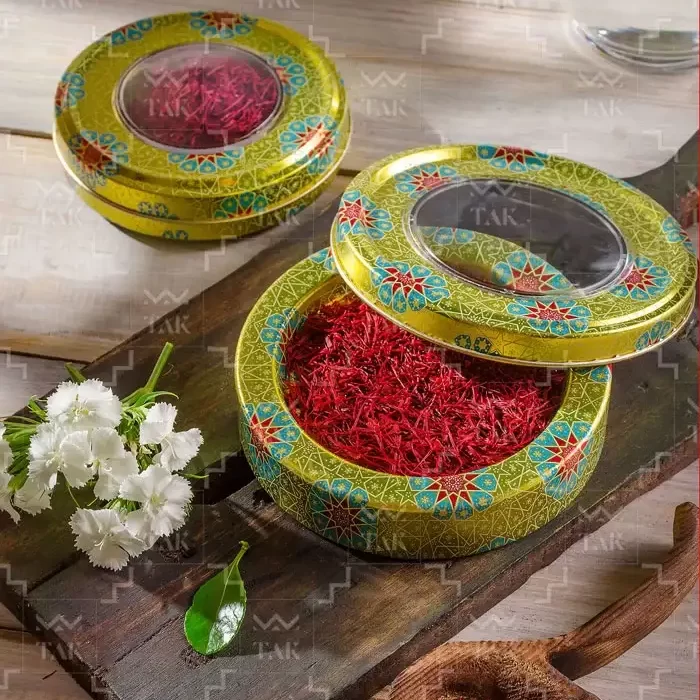
- Investigating the effect of basic packaging on the attraction of new markets and export development: The basic packaging of saffron is one of the effective factors in attracting new markets and developing exports. Basic packaging of saffron can play an important role in communicating with foreign customers and providing a difference to competitors. Basic packaging of saffron can increase brand recognition and reputation in new markets and create a competitive advantage for the brand. The basic packaging of saffron can be designed according to the culture, customs, rules and regulations and tastes of target customers in new markets and can attract and keep customers satisfied by combining local and international elements. Basic packaging of saffron can prove its quality and value to customers by providing sufficient and correct information about the product and prevent the possibility of mistakes and disputes in the export process. The basic packaging of saffron can preserve the product during transportation and storage and prevent its quality loss and damage by having proper resistance and durability against external factors such as light, moisture, heat, impact, etc.
- Comparing the advantages and disadvantages of different types of saffron packaging containers: types of saffron packaging containers can be made of different materials such as glass, plastic, metal, paper, wood, etc. Each of these containers has its own advantages and disadvantages, which we will mention below.
- Glass: Glass is one of the most common and popular materials for packing saffron. The advantages of glass are: having a beautiful and luxurious appearance, the ability to see the product from the container, not changing the color and smell of the product, not absorbing moisture and pollution, the ability to wash and reuse. The disadvantages of glass are: being heavy and increasing the cost of transportation, being fragile and likely to be damaged by impact and falling, light passing through the glass and the possibility of product quality loss.
Abstract:
Saffron is one of the valuable and popular products in the world markets, of which Iran is the largest producer and exporter. However, in order to maintain and increase the market share and compete with other countries, it is necessary to pay attention to its principled and attractive packaging in addition to the high quality of the product. Basic packaging of saffron can have a positive effect on customer satisfaction, maintaining product properties, increasing international credibility and developing exports. In this article, using the content analysis method, saffron packaging containers and its packaging principles are examined and solutions and techniques are presented to improve export performance. The results show that basic packaging of saffron can help to increase the attractiveness of the market and the growth of non-oil exports.
